Supporting Student Reflection In Their Design Work
About This Page
This page describes how I have students document their STEM design process using stop motion videos in order to support more meaningful recognition and reflection.
To record their stop motion video, I had students use iStopmotion. Most recently, I just have students use the time lapse setting on their phone or tablet
Examples of student-made videos that document their design process can be seen in the Alien Animal Design project, the Catapult and Experimental Design Project, and the Music Interdisciplinary Project.
The use of stop motion video for students to document their design process came from seeing students struggle go deep reflecting on their design process and fail to reflect deeply on their own growth in the project.
Note: The contents of this page are based on a talk I gave at Math for America’s 12th Annual MƒA MT²: Master Teachers on Teaching event in December, 2023. The talk, titled, “Not Another Reflection Question”, can be viewed in the video on the right.
The Problem
For years, I felt like I was failing my students in one key element of Project Based Learning - Student Reflection.
I saw students really struggle and grow through the experience of doing these projects. However, when it came time to reflect on their learning, the energy they put into their reflection didn’t match the energy they put into the work of the project.
In general, project after project, I was getting these one word responses. Incomplete sentences. When it came time to reflect students weren’t taking it seriously, which led to shallow responses that didn’t recognize the growth and learning they demonstrated. I felt like this was on me. I needed to do a better job of making reflection a more important aspect of my projects.
This was really bothering me for a long time until I saw the English teacher on my team do a project where students created shadow puppet videos using a stop-motion program on their computer. I realized that I could use stop-motion to have students record their work which could be used as a visual aid to reflect upon.
See one of the student-made videos on the right.
Context
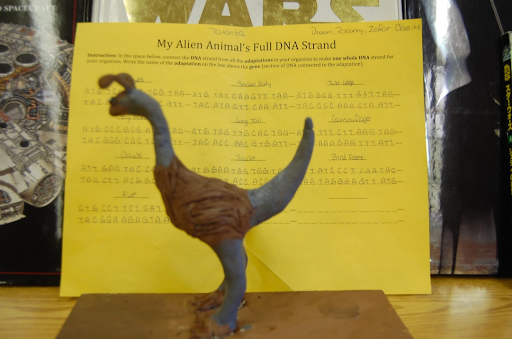

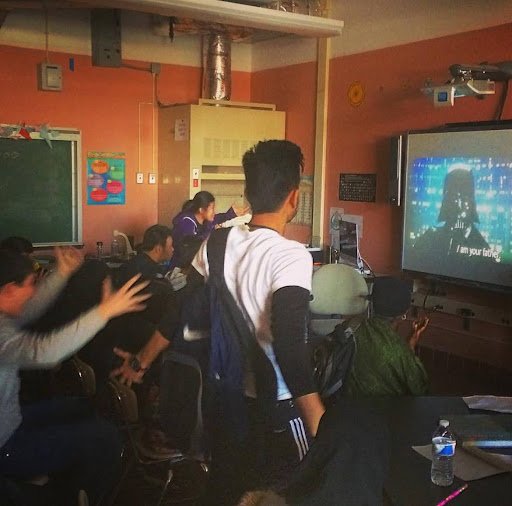
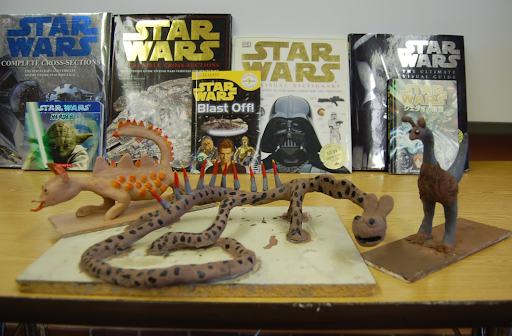
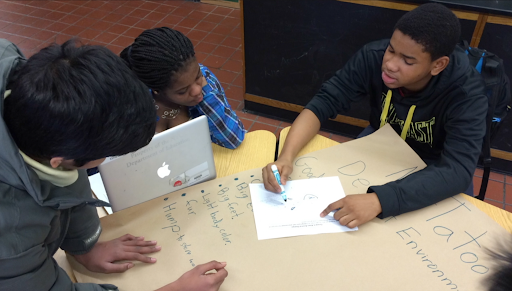
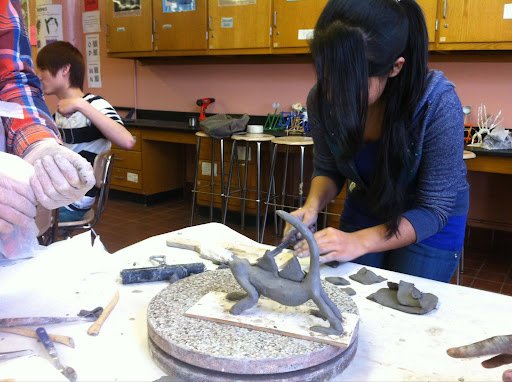

The above stop motion video depicts students creating their creature in the Alien Animal Design Project.
Our grade level team decided to connect our classes to Star Wars. This was right around the time J.J. Abrams was making his first reboot. So over the course of three days, we watched each of the original three movies. The idea was that afterward, each teacher connected themes from the movies to their class. English - the Hero's Journey. History Class - Imperialism.
In my science class, students had to create new alien animals that are well adapted to the environments of the new Star Wars movies. They then tweeted out these alien animal designs to the producers of the new movies to help ensure they were making the animals as realistic as possible.
If you take a look at some of the old animals in the original Star Wars films, they’d die in a day if they existed in a similar environment on Earth. So students set out to learn about how animals on Earth were adapted to similar planets.
Then they had to design and sculpt their own alien animal design for one of the Star Wars planets - Tatoinne, Hoth, and Endor using what they learned about animal adaptations on Earth.
Students then learned about Protein Synthesis in order to find the genes that codes for the specific traits of their animal.
After we learned about Protein Synthesis, I assigned an arbitrary, short, amino acid sequence that represented the protein associated with the trait. Students then worked backwards through the steps of protein synthesis using the Codon Table to identify the specific sequence of DNA, the gene, that is associated for the specific traits of their animal.
Using Stop Motion Video to Support Student Reflection
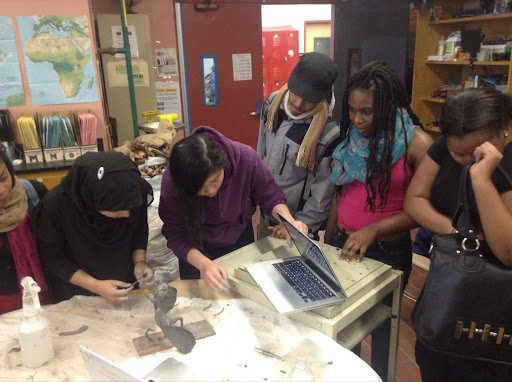
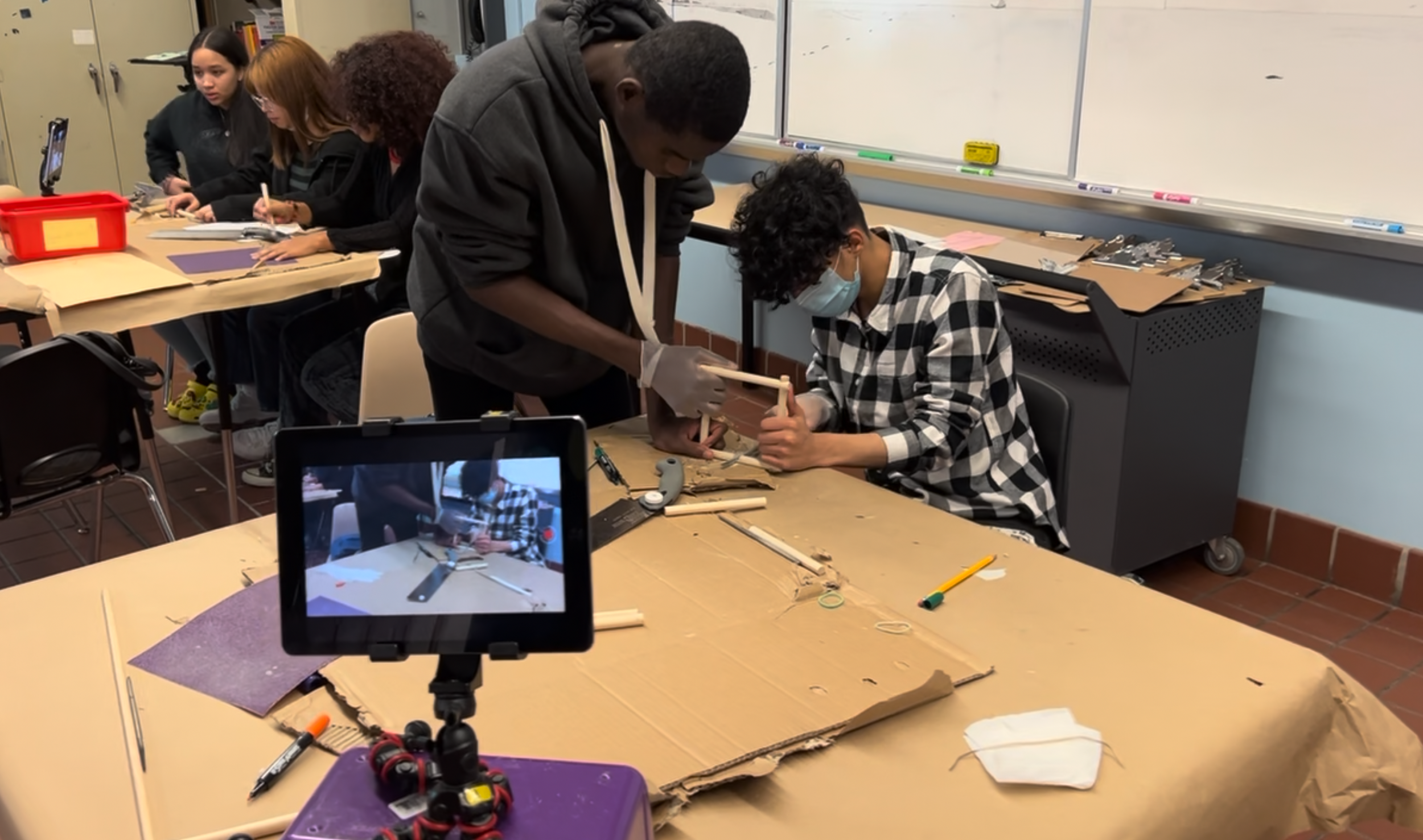
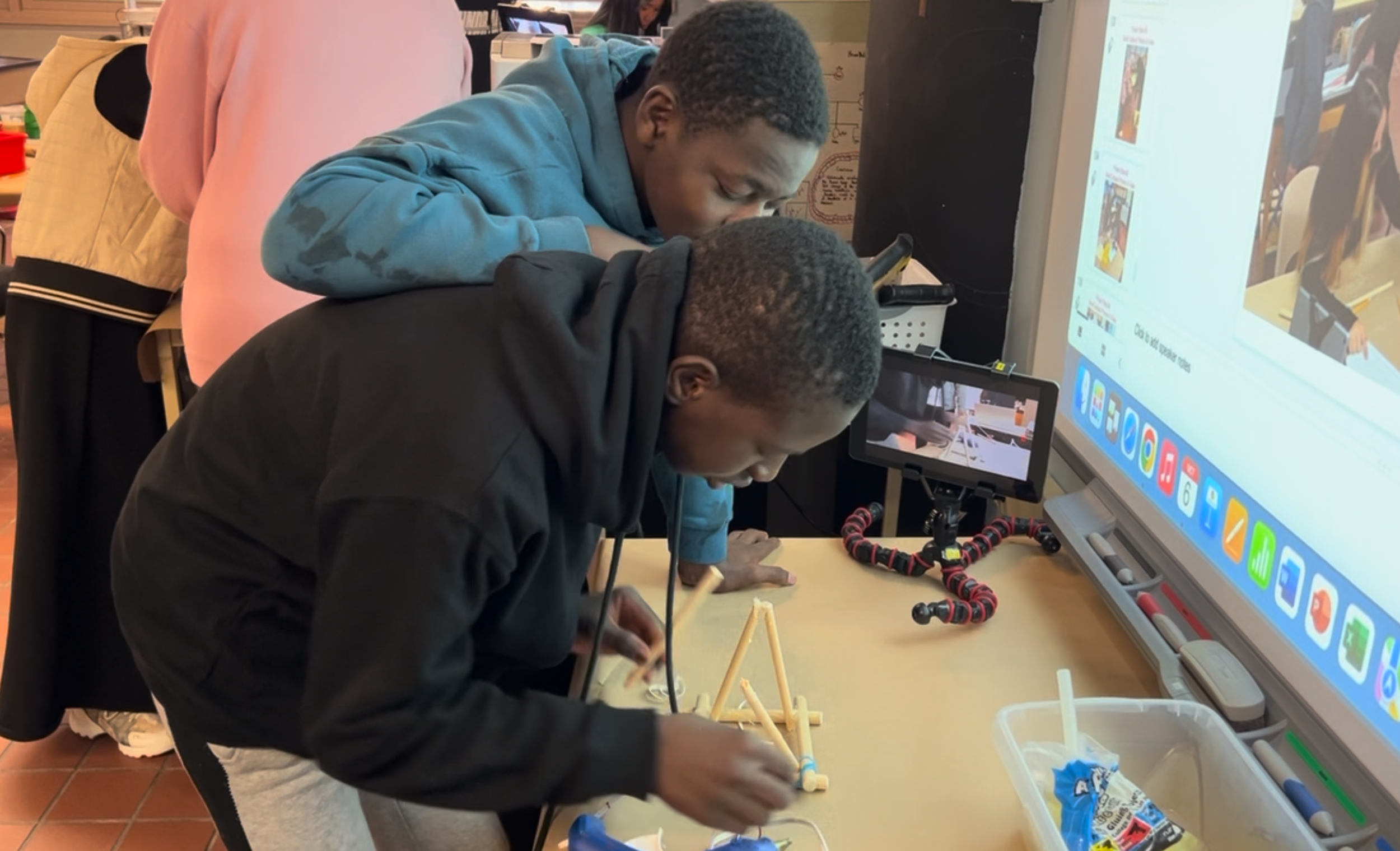
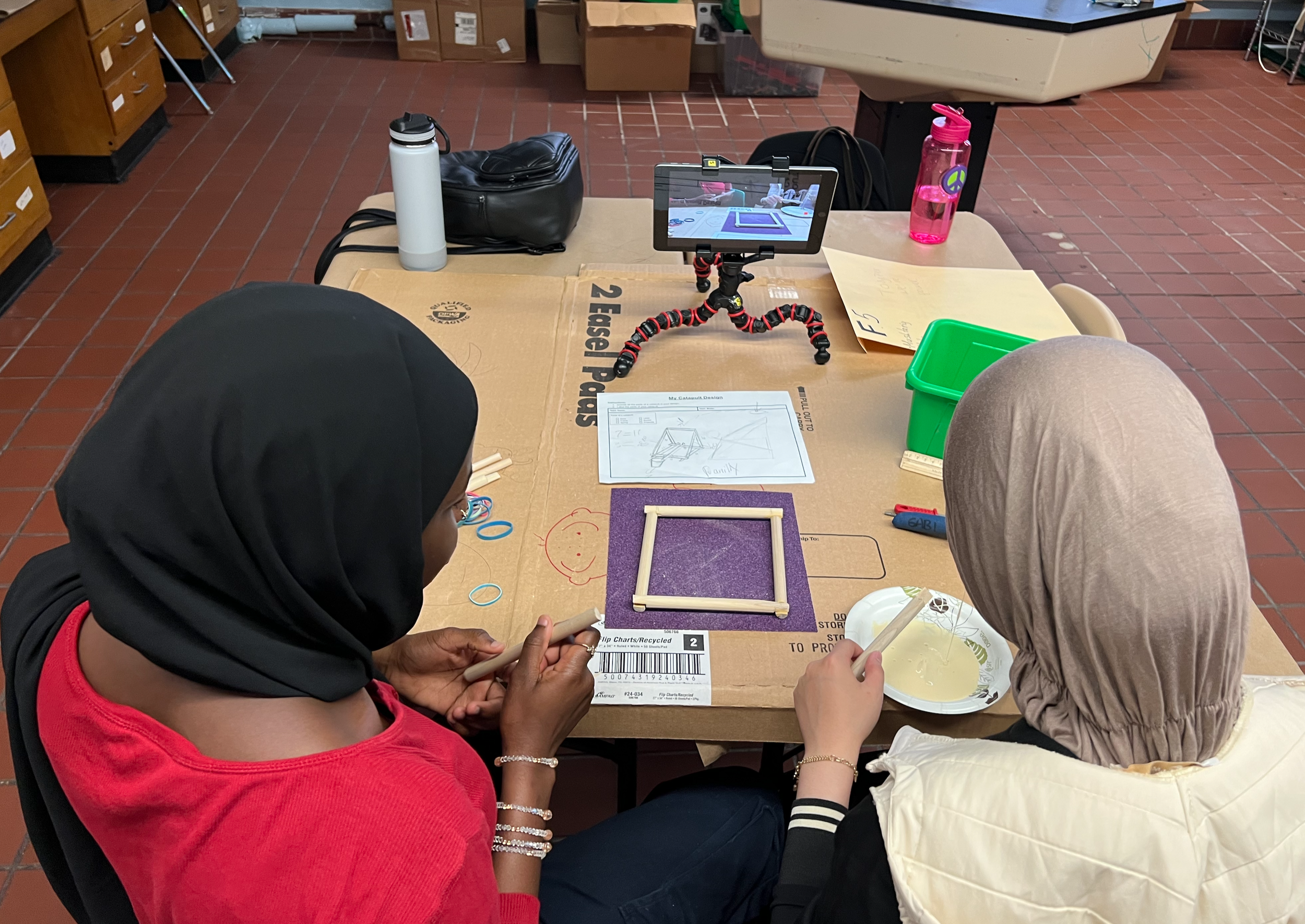

Now that we have the context of the project, I wanted students to reflect on their process of how they worked together to create their own alien animal using what they learned about animal adaptations on Earth.
To help, I gave them a checklist with the parts of the process I wanted them to capture in their video. The parts I wanted them to be really mindful about while working and later reflect upon.
Items in the checklist that students needed to capture in their stopmotion videos include:
Good Collaboration
A mistake or problem with the design that occurred
How your group found a solution to the issue
A new idea for your design
Something funny
In the end, each group combined their recordings into one video that represented their work together. Here’s a group made video from the project.
The Impact of Documenting Their Work with Time Lapse Videos
At the beginning of class each day, teams would set up their computer to record their time lapse video and begin to work together to create their alien animal. I was blown away with the impact it had on the students.
They were more mindful of the design process in the moment, more engaged with that process together, and more thoughtful about how the content went into developing the product of the project. Ultimately, recording their videos each day elevated the quality of the work and their ability to collaborate effectively. By having students record their work, it forced them to be more cognizant of how they were doing that work together.
When I had students reflect on their learning and work, I was able to have students use their videos to consider the reflection prompts I provided. They loved rewatching their videos.
Students took these reflection moments of class more seriously. They thought more deeply about the reflection questions. They took more time to consider their responses.
Even during the reflection at the end of the project, students were able to use their video to help point to specific things as they reflected. This visual aid was particularly helpful for my students whose language and literacy need extra support.
By using time lapse video to document their work I have been able to make student reflection a key element of my projects. The time lapse videos became a more engaging way for students to enter into the reflective moments of the project that they normally rolled their eyes at in the past.
